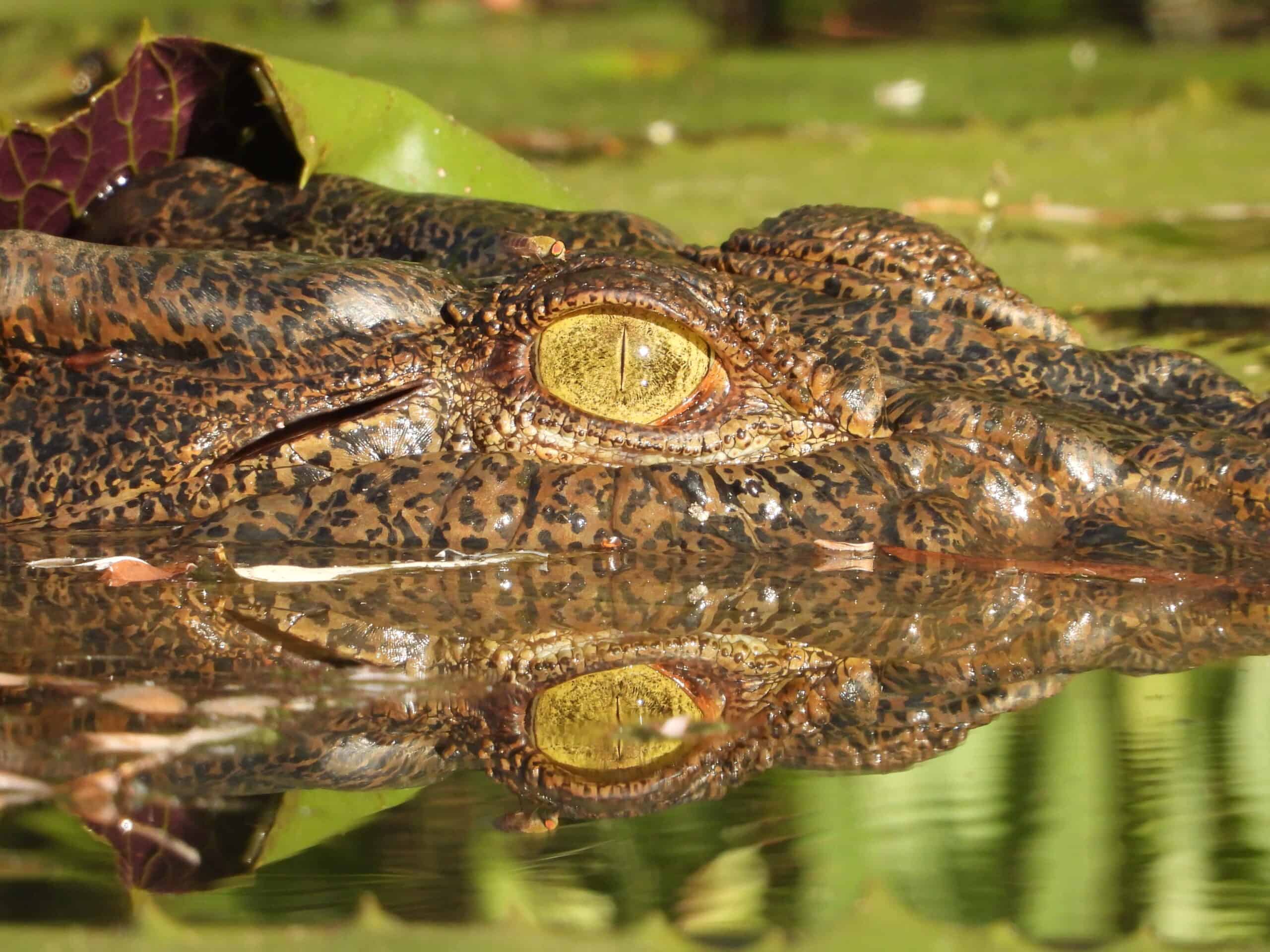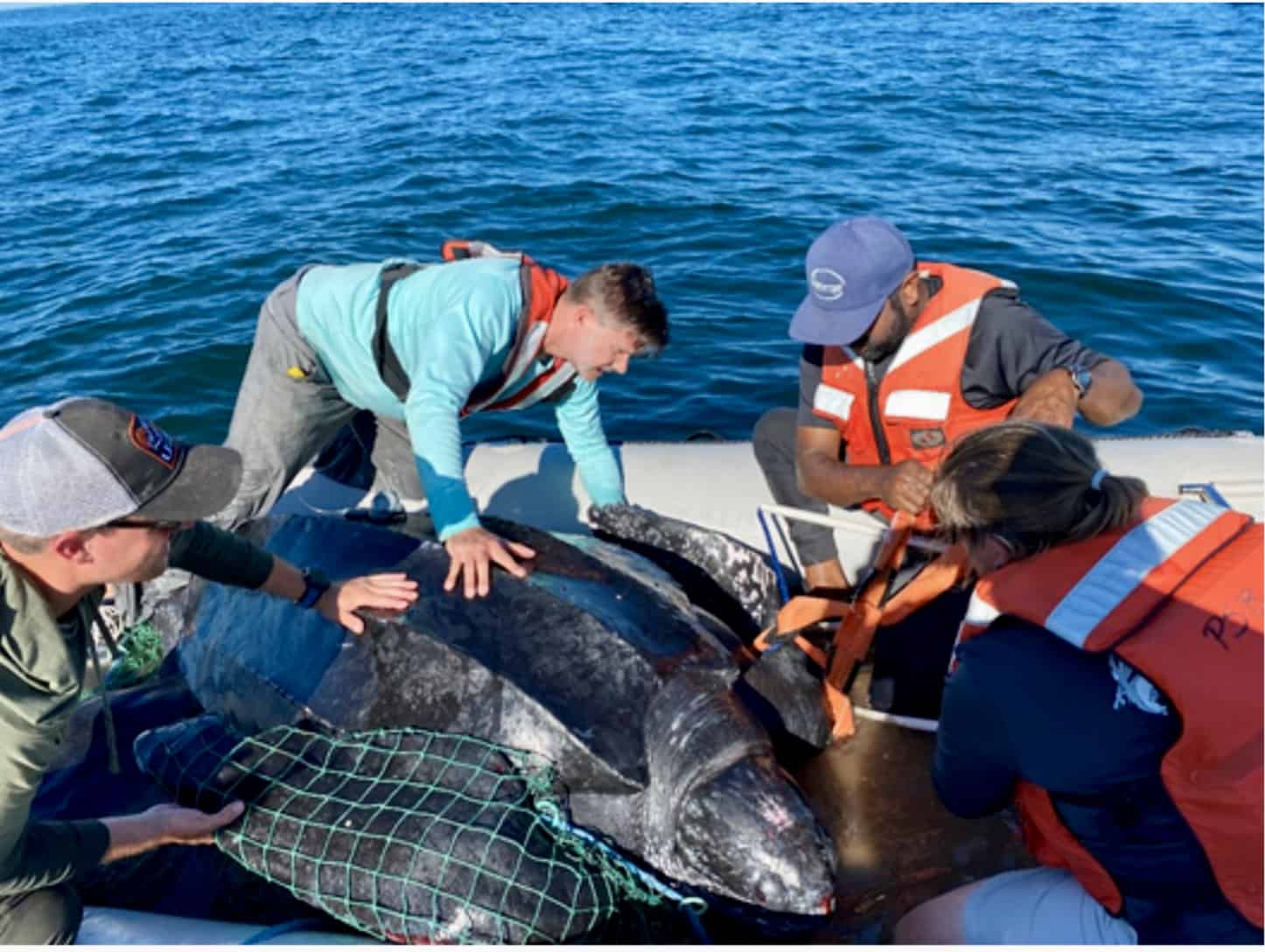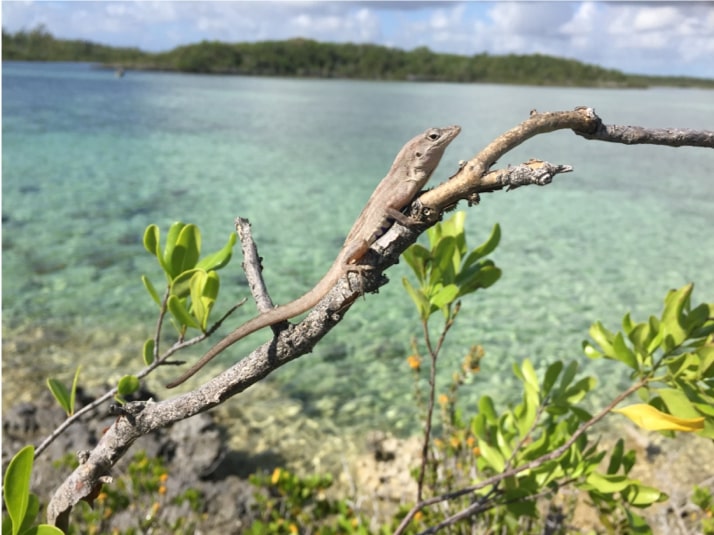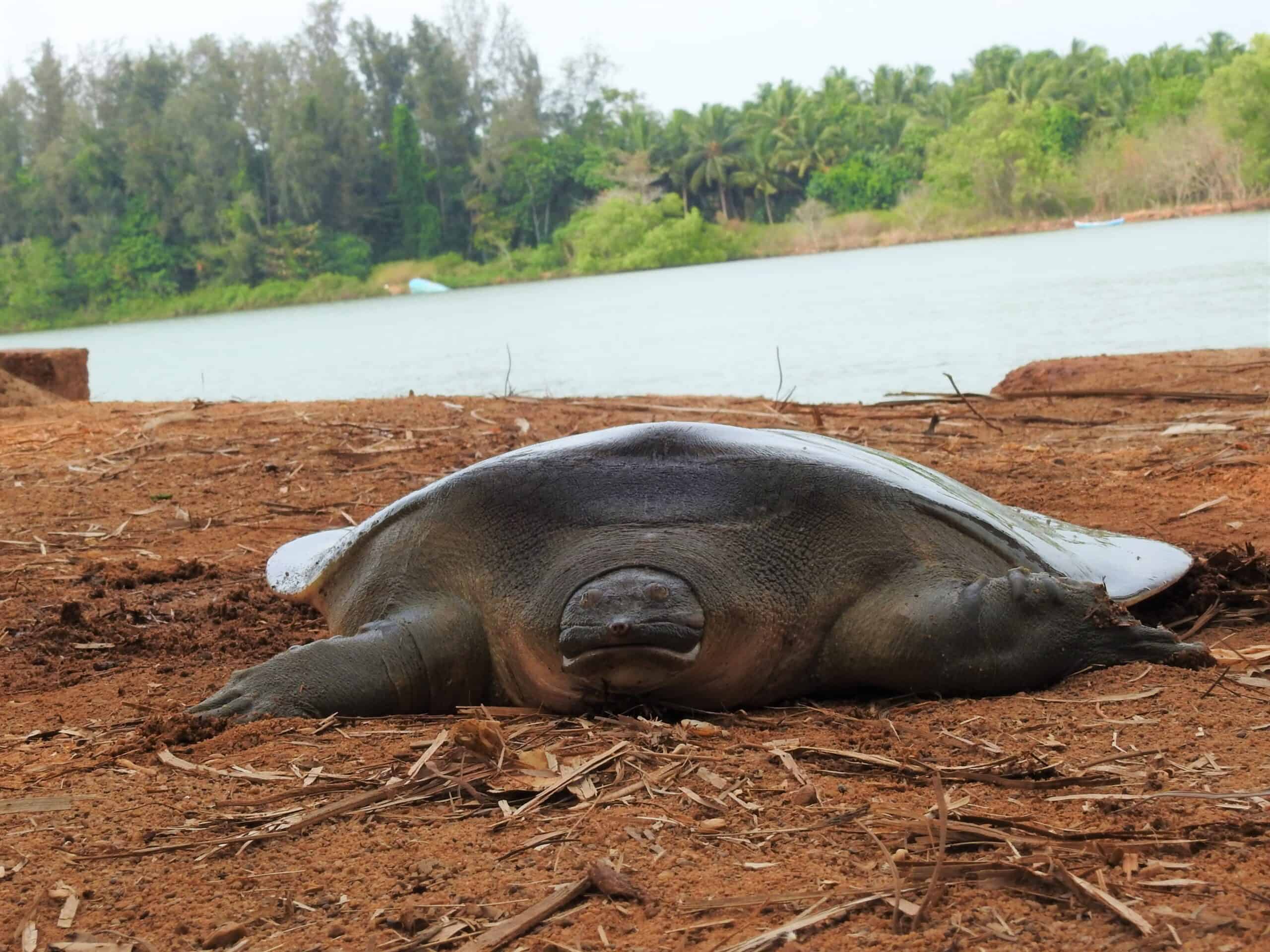Share this article
Wildlife Featured in this article
- Saltwater crocodile
JWM: Problem crocs in Darwin, Australia come from far and wide
Researchers tracked the source of the animals that end up in the northern Australian city
Darwin Harbor has had a crocodile problem since the city was founded.
Northern Australia’s biggest city sits smack dab in the middle of an assortment of reserves, national parks and other wild areas filled with waterways and wetlands perfect for saltwater crocodiles.
As a result, the Northern Territory government traps and removes an average of 250-300 crocodiles per year from the beaches and waters of Darwin Harbor in an effort to limit the risk of attacks on humans in the area. But the effort is labor-intensive and costly.
Yusuke Fukuda, a researcher with the Northern Territory’s Department of Environment, Parks and Water Security, wanted to find out a way to stymie the numbers of crocs that reached the waters around the city by finding the source of their population.
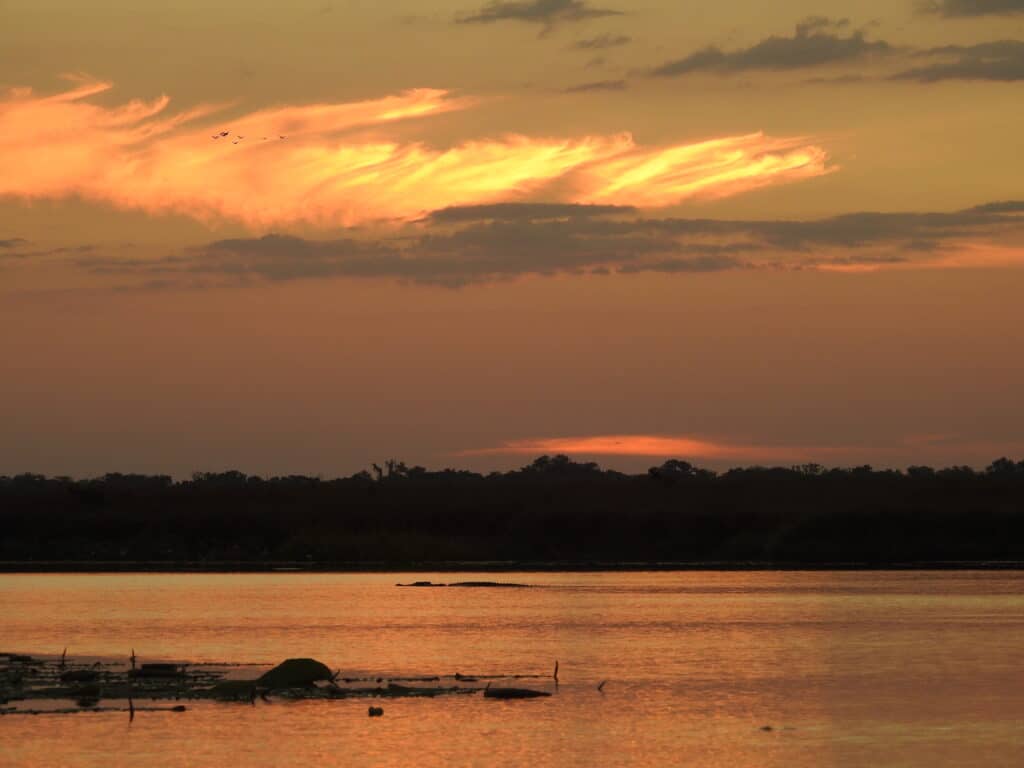
Fast recovery
Saltwater crocodiles (Crocodylus porosus) were hunted to near extinction in some parts of Australia in the early 1900s. After the Australian government put protections on the species in 1970, the crocodile numbers in the Northern Territory grew from about 3,000 to more than 100,000 now. “For a big animal, they’ve bounced back fairly spectacularly in terms of numbers,” said Sam Banks, director of the Research Institute for the Environment and Livelihoods at Charles Darwin University in Darwin, Australia.
They’ve done so well that the fashion industry now takes some of the eggs from the wild to raise and harvest the animals and produce crocodile skin boots, handbags and other goods. Banks, Fukuda and their colleagues wondered whether they could direct these harvesting efforts to certain areas that produced many of the crocodiles that cause human-wildlife conflict in the city.
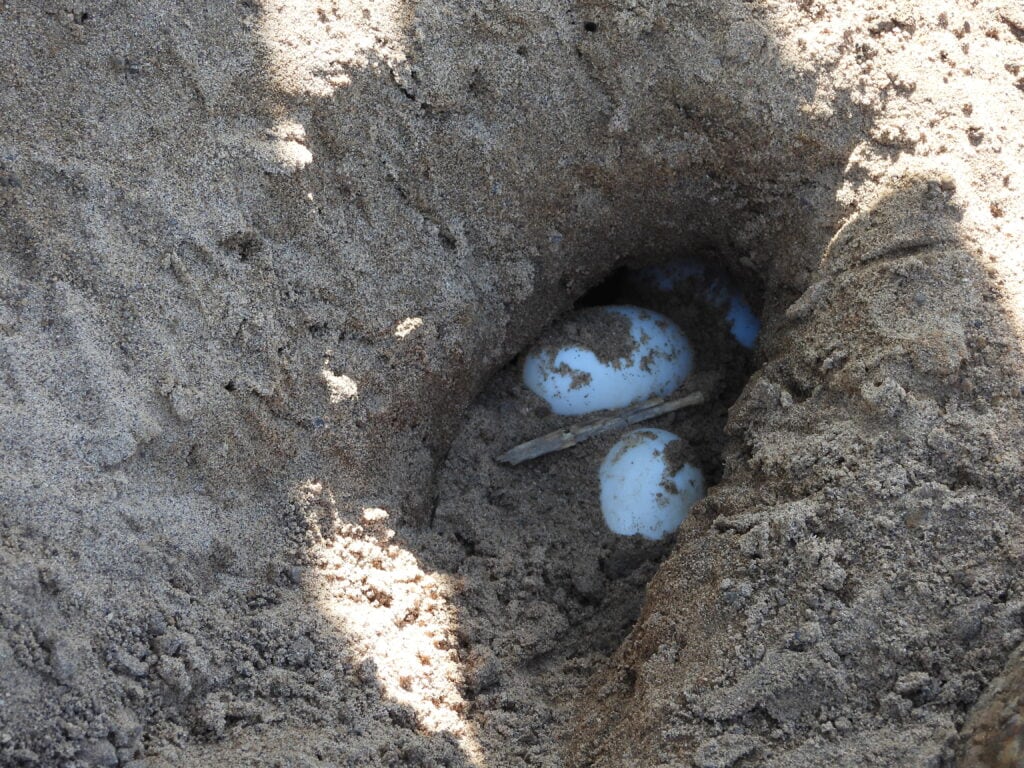
In a study published recently in the Journal of Wildlife Management, between 2015 and 2017, they began taking tissue samples from crocodiles removed from Darwin Harbor. The researchers analyzed the DNA and compared it with samples from eggs and live crocodiles from all around northern Australia, Papua New Guinea, East Timor, Cambodia, Indonesia, Malaysia, New Caledonia, Singapore and Vietnam.
“Basically, every time we get a crocodile in Darwin Harbor, we can pinpoint the genetic origin of that animal,” Banks said.
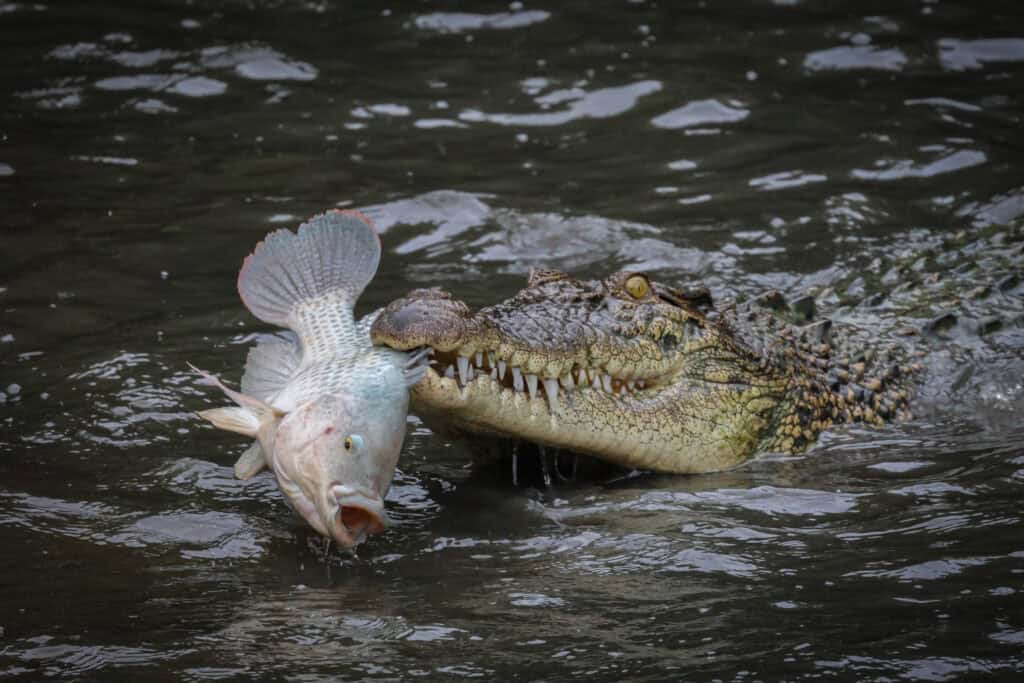
The source of the problem
The analysis revealed there were no international travelers, but the crocodiles didn’t just come from one or two small source populations. “They definitely all came from the Northern Territory of Australia,” Banks said.
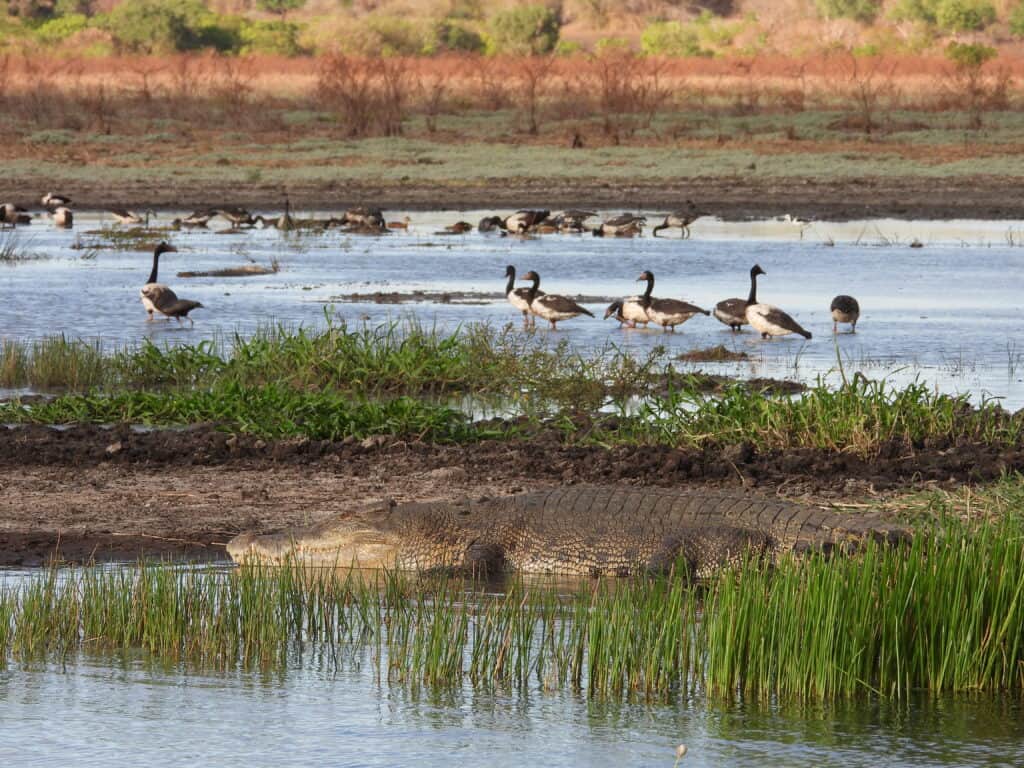
Most of them come from places within 100-200 kilometers of Darwin, like Kakadu National Park. Some even came from much farther away, like Arnhem Land—one may have swum 700 kilometers to reach Darwin.
“They do move pretty widely,” Banks said.
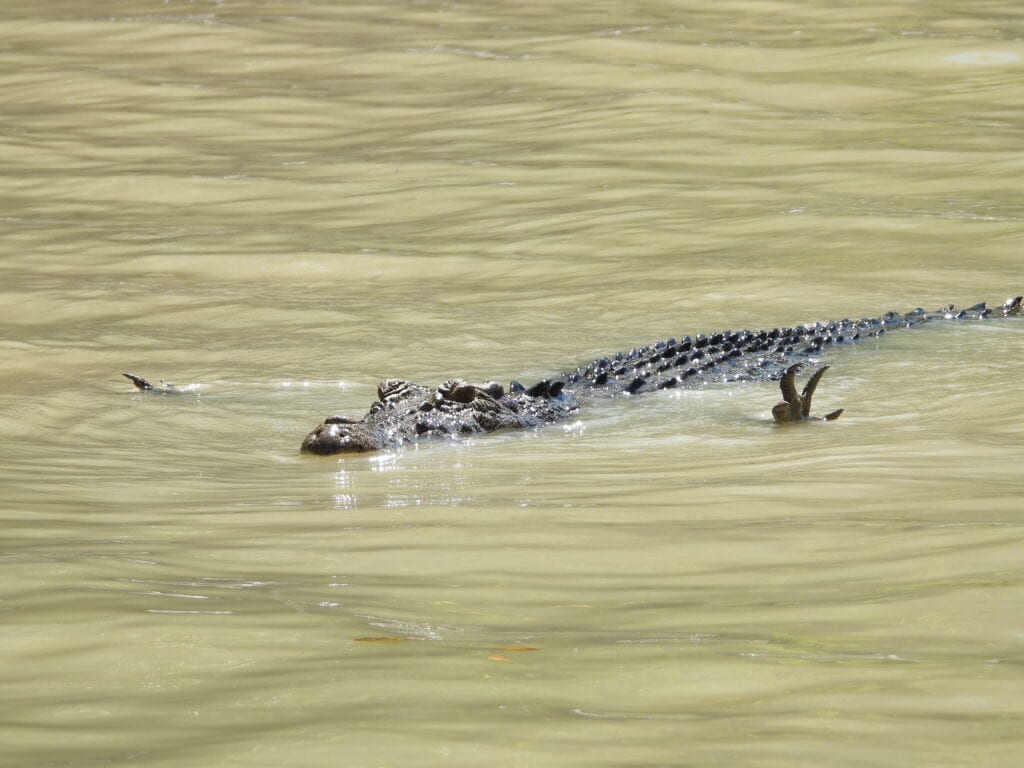
Some crocodiles that reach Darwin Harbor are large—the biggest male among those the team tested was more than 4 meters long. But most are much smaller, in the 1- to 2.5-meter range. Banks said that most of these are likely subadults that get pushed out of their natal lands.
“Crocodiles have recovered so well that it’s probably fairly difficult for young crocodiles to find new territory,” Banks said, adding that some may just bounce along the coast until they find Darwin Harbor.
In some ways, the removal of crocodiles is probably what’s making Darwin Harbor so appealing, as it seems like the perfect place to settle down for these itinerant young crocs. It always seems like a great place since it’s free of big, older crocs. “But it’s kind of a trap,” Banks said, since wildlife managers remove them whenever they find them.
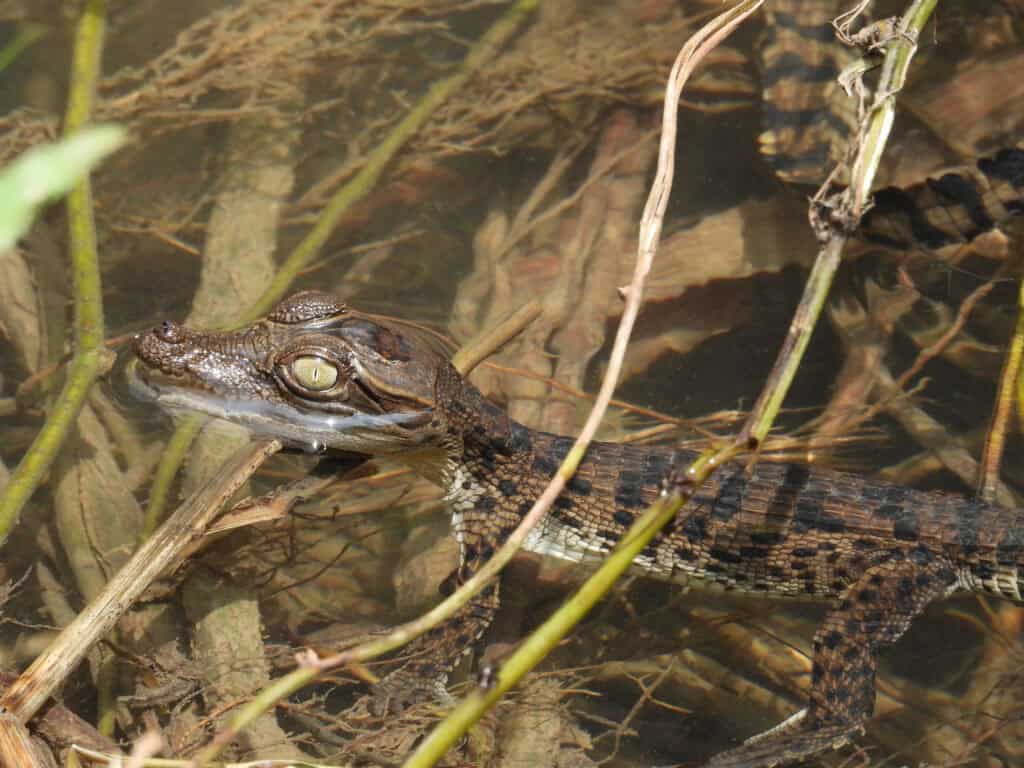
The findings suggest that targeting source populations for extra egg harvesting won’t be an easy way to stop the source of young crocodiles leaving home and moving to Darwin, simply because there are so many sources over such a wide area. “The current strategy of managing problem crocodiles when they arrive in Darwin, combined with an intensive public awareness campaign, will remain the most effective strategy for now,” Banks said.
The research did reveal some areas where the government could increase trapping efforts. Since half of the crocodiles came from rivers to the east of the city, “intercepting them closer to the eastern mouth of the harbor may be a strategy worth testing,” the authors concluded in the study.
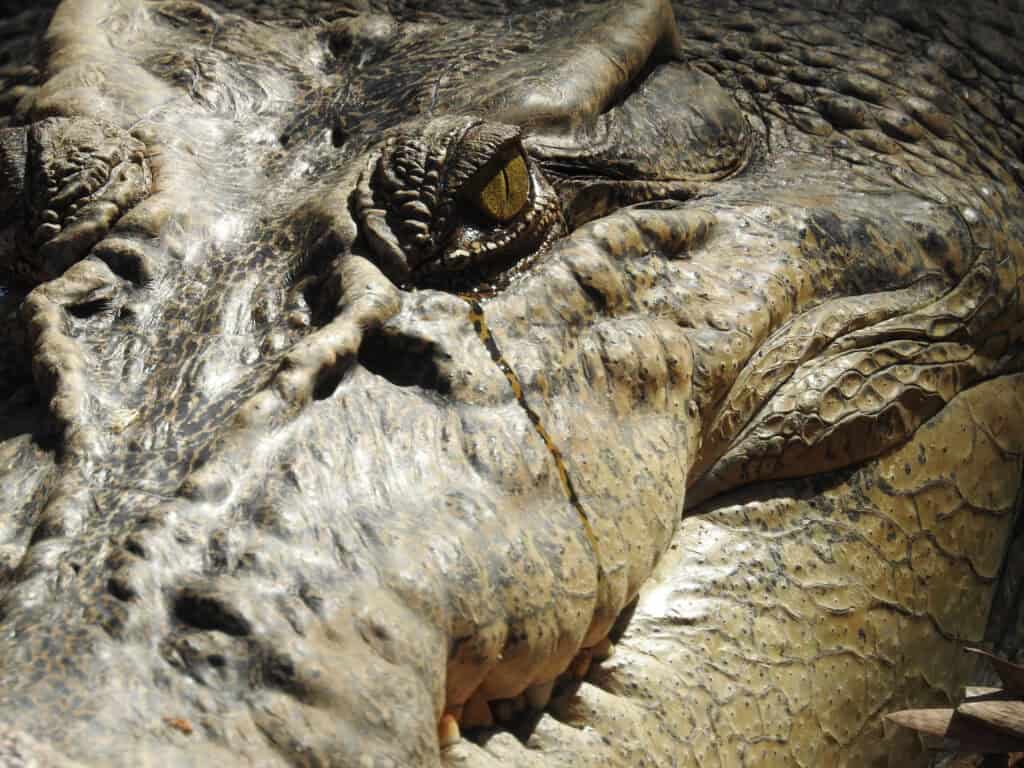
This article features research that was published in a TWS peer-reviewed journal. Individual online access to all TWS journal articles is a benefit of membership. Join TWS now to read the latest in wildlife research.



